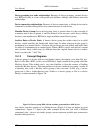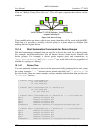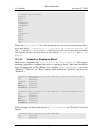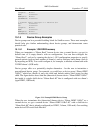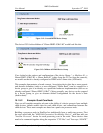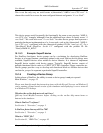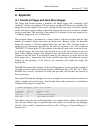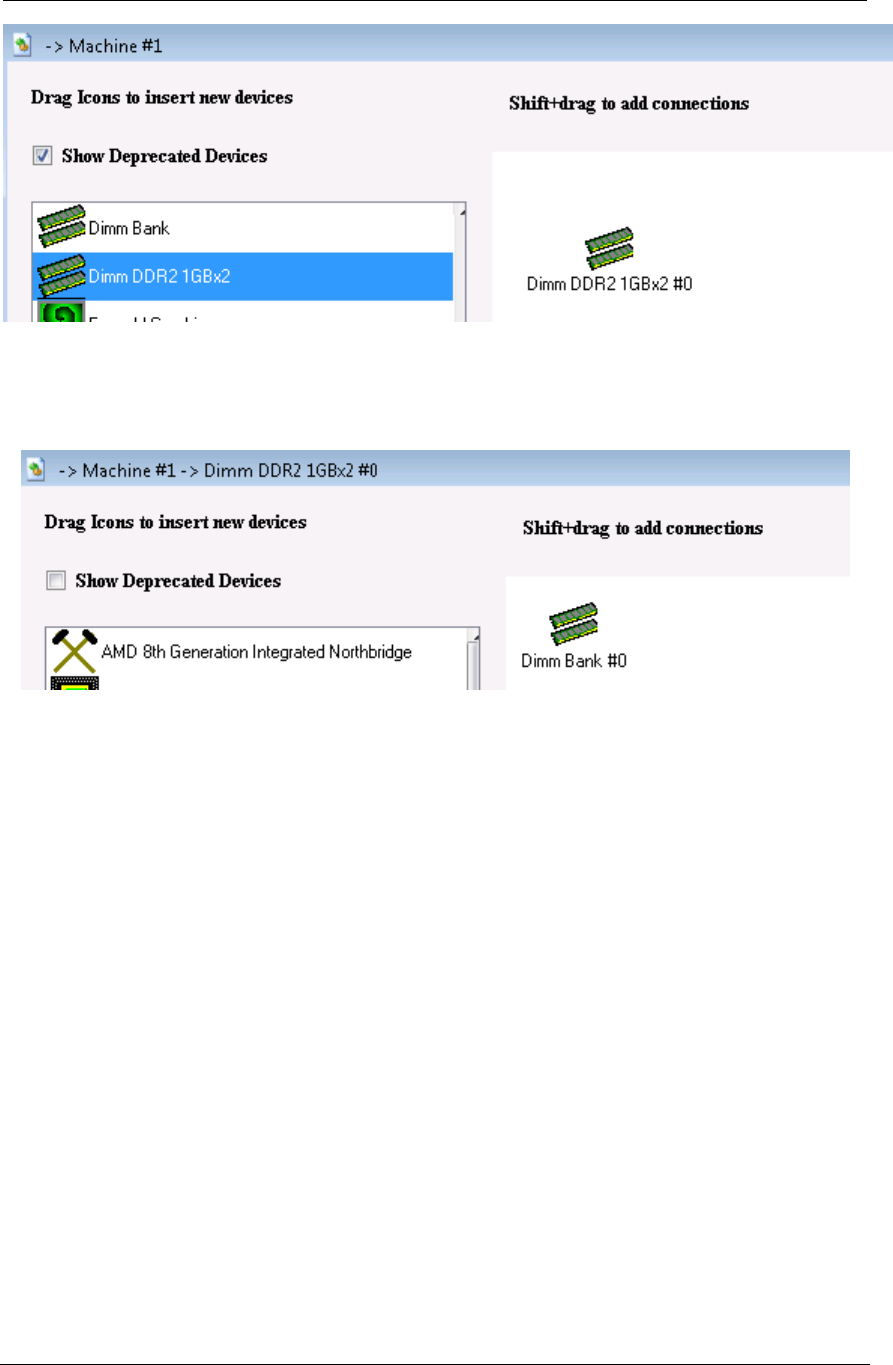
AMD Confidential
User Manual September 12
th
, 2008
Chapter 15: Frequently Asked Questions (FAQ) 175
Figure 3-12: Created DIMM Device Group
The device GUI for the children of “Dimm DDR2 1GBx2 #0” would look like this:
Figure 3-13: Children of DIMM Device Group
If we looked at the options and configuration of the device library “-> Machine #1 ->
Dimm DDR2 1GBx2 #0 -> Dimm Bank #0” (either from the GUI or from the console),
we would see that it is already configured as DDR2 with 2 dimm slots (1GB each).
This example demonstrates a broad concept. An existing device that has a more generic
and abstract definition (such as a non-configured “Dimm Bank”) can be wrapped in a
device group to give it an identity as a particular hardware implementation (such as an
already configured “Dimm DDR2 1GBx2”). More generally, any device can be wrapped
by a device group, to give an alternate default configuration for the device‟s state
(archive data).
15.1.5.2 Example: Quad-Core Node
Next we will consider examples relevant to the ability of a device group to have multiple
child devices, default archive data for each child device, and connections between the
child devices. These next examples are based on a quad-core processor node.
Building a processor node in SimNow has traditionally been a multi-step process. First
the user would add the "AMD 8th Generation Northbridge Device", and then add one
"AweSim Processor" device for each processing core in the node. These devices then
need to be connected together along the respective "CPU Bus" and "Interrupt / IOAPIC"






